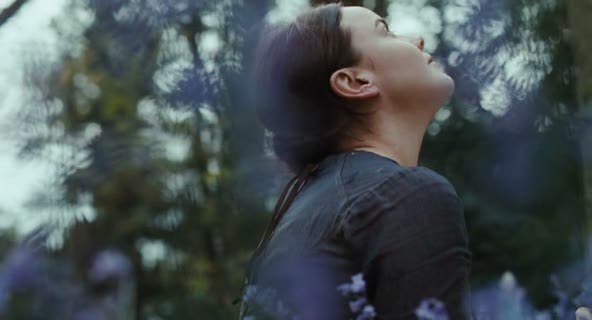
Distancio-me das escolhas do artigo. Não seriam as minhas na sua totalidade. Mas o Alentejo tem este poder. Longe dos infortúnios da cidade, e de um toque que nos é dado numa copa de árvore longe daqui, ‘Great Leaps in the Dark’. A possibilidade de uma imensidão de um céu, onde apenas no Alentejo, ou dentro de nós, brilha.
Great Leaps in the Dark
“Alentejo represents 33 percent of our country’s land but only 7 percent of its population,” says Marta Cabral, head of a nonprofit nature tourism network in Portugal. “The new generation is committed to preserving the region as it is, sustainably developed and real.”
Really wild describes the Rota Vicentina, one of Europe’s newest hiking paths, which Cabral’s organization, Casas Brancas, created. The trail crosses 133 miles of Alentejo, from rough coastline to countryside where storks nest and endemic plants like camphor thyme flourish.
Lying right below the country’s heart, Alentejo has served as Portugal’s breadbasket and seduces with its slow pace, a sense of modern times in half step. Look no further than the recently opened museum in the village of Belver, devoted to the tradition of artisanal soapmaking. Or the newly launched Marble Route, which takes visitors into quarries and underground galleries, celebrating the prized local material. Also now taking reservations: Évora’s Ecorkhotel, coated in that Alentejo staple, cork.
And then look up, at the night skies. Above Lake Alqueva, the heavens remain unmarred by light pollution, prompting the UNESCO-supported Starlight Foundation to designate Alqueva the world’s first Starlight Tourism Destination. —Anja Mutić
Travel Tips
When to Go: May-October is the best time to visit; however, temperatures can reach over 100 degrees in inland areas during July and August. Summer temperatures along the coast are significantly lower (by up to 15 to 20 degrees).
How to Get Around: To visit northern Alentejo, including the Evora World Heritage site, fly into Lisbon International Airport. For southern Alentejo itineraries, Faro International Airport is more convenient. At either airport, renting a car will make it easier to explore the region following Alentejo Tourism’s self-drive routes.
Where to Stay: Opened in May 2013, the sleek, modern Ecorkhotel is a low-slung, all-suite hillside retreat outside Évora. As the name implies, local cork (cork, olive, and holm trees grow on the property) figured prominently in the construction. The cork coating on the main building acts as a natural insulator buffering cold, heat, and noise. Geothermal and solar energy heats the two pools and 56 suites, each with private terrace.
Where to Eat or Drink: Owner José “Celso” Cardoso lives just down the street from his popular Tasca do Celso restaurant in Vila Nova de Milfontes. Inside the cheery whitewashed house with bright blue trim, Celso prepares a variety of pork sausage, beef, and fresh seafood dishes, including traditional Alentejo shrimp açorda (spicy bread soup). There’s outdoor courtyard seating in back, but the cozy interior (warm wood ceilings, terra-cotta tile floors, homey furnishings) evokes the feeling that you’re dining at a friend’s table. Closed in January.
What to Buy: Local tour operator Mundo Montado specializes in responsible tourism itineraries, which can include meeting local artisans and sampling local products, such as honey, berries, and wines. Shop for regional fair-trade products—Medronho (fruit brandy), olive oil, handcrafted baskets and pottery—at the Mundo Montado store in São Luís.
Cultural Tip: Alentejo’s slow pace of life is part of the attraction. Relax, practice patience, and don’t check the time.
What to Read or Watch Before You Go: Alentejo Blue by Monica Ali (Scribner, 2007) is a loosely connected collection of stories told from the perspectives of different characters living in and around Alentejo’s cork forests.
Helpful Links: Visit Alentejo, Casas Brancas, and Visit Portugal
Fun Fact: Cork is harvested by stripping the outer bark of a cork oak tree every nine years. The inner bark protects the tree, allowing the bark to regrow. Harvesting begins when a tree is 25 years old, and sustainably harvested trees can live for approximately 250 years.
Insider Tip From Anja Mutić: Nestled among cork forests, pear groves, and pomegranate orchards on a private 32-acre country estate, Imani Country House has seven rustic-chic rooms and suites inside a converted farmhouse in Alentejo’s farmlands, a ten-minute drive from Évora.
Mais aqui